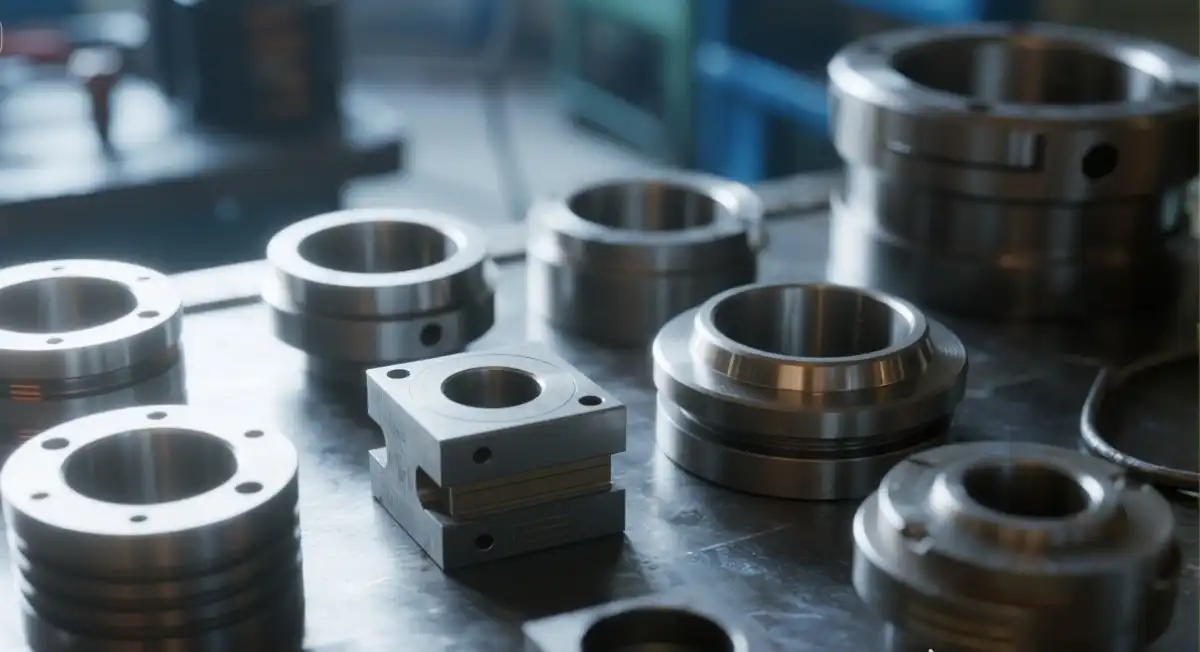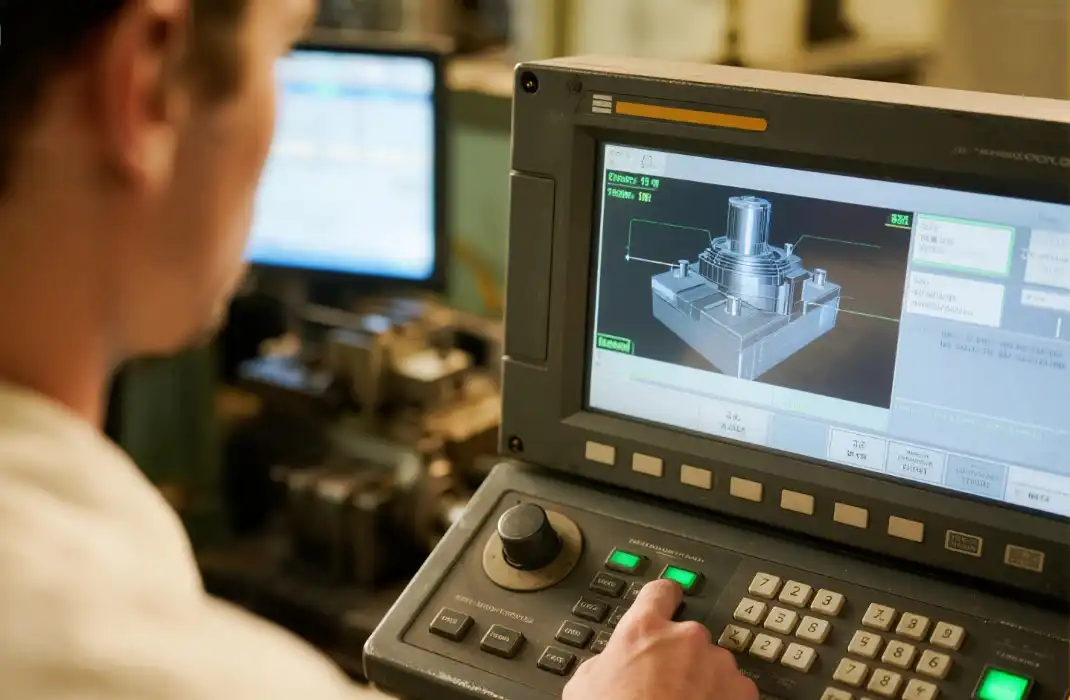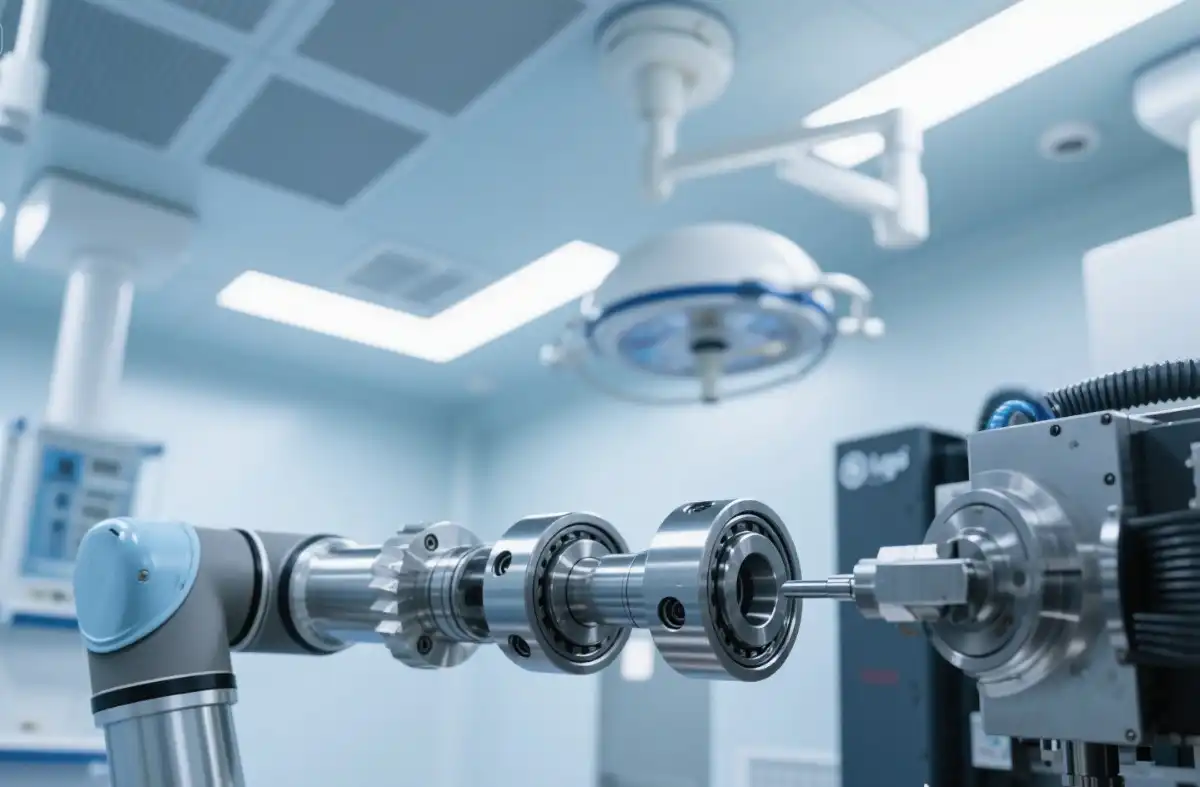The RIM Process: How It Works
Raw Materials and Preparation
The RIM process utilizes two essential liquid reactants: isocyanate and polyol. These components are stored in dedicated temperature-controlled tanks to prevent premature curing and maintain chemical stability. Each tank is equipped with agitation systems to ensure homogeneity and consistency. Precision metering devices - such as pumps and flow meters - are employed to deliver the exact ratio of isocyanates to polyols required for the specific formulation. This careful preparation is critical to achieving the desired chemical reaction and final material properties in the molded part.
Mixing and Injection
In reaction injection molding, once initiated, the two liquid components are transported under high pressure to a mixing head. Valves within the head open to allow the streams to enter a compact chamber where they impinge at high velocity, resulting in thorough and rapid mixing. This interaction triggers the onset of polymerization. The now-reactive mixture is immediately injected into the mold cavity at low pressure, which facilitates detailed filling without imposing excessive mechanical stress on the tooling. This step is crucial for maintaining part integrity and dimensional accuracy.

Curing and Part Removal
After injection, the chemical reaction continues within the heated mold, typically maintained near 100°F (38°C) to optimize cure kinetics. The polymerization proceeds rapidly, often forming a solid part within minutes depending on material chemistry and wall thickness. Once curing is complete, the mold is opened and the part is demolded. Secondary operations - such as deflashing, surface finishing, or coating - may be performed to meet specific aesthetic or functional requirements.
Advantages of Reaction Injection Molding
Cost-Effective Production
Reaction Injection Molding (RIM) provides considerable cost benefits, particularly for low to medium production volumes. The molds utilized in RIM are generally less costly compared to those used in traditional injection molding since they are not subjected to high pressures and are often made from lighter materials like aluminum. This results in significantly lower initial tooling expenses, making RIM an economically appealing solution for prototyping, custom parts, and short production runs without compromising quality or design intent.
Design Flexibility
A major advantage of reaction injection molding is its exceptional design flexibility, allowing for the production of complex parts with varying wall thicknesses and intricate geometries. The low-viscosity liquid reactants flow easily into detailed mold cavities, facilitating the formation of undercuts, ribs, textures, and other sophisticated features. This capability reduces the need for multiple components or secondary assembly operations, offering greater design freedom and innovation potential compared to more restrictive molding processes.

Material Properties
Components manufactured through RIM exhibit outstanding strength-to-weight ratios, combining lightweight properties with high durability. The typical polyurethane parts offer excellent impact resistance, thermal insulation, and structural integrity. Moreover, the process allows for the integration of additives such as fibers or fillers to further improve mechanical properties like stiffness, thermal conductivity, or flame retardancy, tailoring material performance to meet specific application requirements.
Applications of Reaction Injection Molding
Automotive Industry
The automotive sector remains a primary beneficiary of Reaction Injection Molding (RIM) technology, which is extensively used to produce a variety of high-performance parts. These include bumpers, fenders, spoilers, and interior trim components. One of the key advantages of RIM in automotive applications is its ability to create lightweight yet robust parts. This reduction in weight plays a critical role in enhancing fuel efficiency and lowering emissions. At the same time, RIM-produced components meet stringent requirements for durability, impact resistance, and aesthetic flexibility, making them ideal for both functional and decorative automotive uses.
Medical and Healthcare
Within the medical and healthcare industries, reaction injection molding is valued for its capacity to manufacture precise, high-quality components such as equipment housings, ergonomic surgical tool handles, and structural parts for mobility aids. The process allows for the formation of smooth, non-porous surfaces along with complex internal features, which is essential for medical devices that demand strict hygiene and easy sterilization. Furthermore, RIM supports the production of parts with enhanced ergonomics and patient safety, meeting the high standards required in medical environments.

Consumer and Industrial Products
RIM technology is also widely utilized across diverse consumer and industrial sectors for producing strong, lightweight, and geometrically complex items. Examples include protective housings for lawn and garden equipment, impact-resistant sporting goods, and functional furniture components. In industrial contexts, RIM facilitates the creation of custom machine guards, specialized enclosures, and components that require high strength-to-weight ratios and design versatility. Its adaptability makes it suitable for both low-volume custom projects and high-volume production runs.
Conclusion
Reaction injection molding stands out as a versatile and efficient manufacturing process for creating high-quality polyurethane parts. Its ability to produce lightweight, durable components with complex geometries makes it an invaluable technique across various industries. As manufacturers continue to seek cost-effective solutions for producing intricate parts, RIM's role in modern manufacturing is likely to grow, offering a balance of design flexibility, material performance, and economic efficiency.
FAQs
What materials can be used in Reaction Injection Molding?
RIM primarily uses polyurethane, but can also incorporate other thermoset polymers and additives for specific properties.
How does RIM compare to traditional injection molding?
RIM uses lower pressures and temperatures, allowing for less expensive molds and larger parts, but is generally slower for high-volume production.
What are the size limitations for RIM parts?
RIM can produce very large parts, often exceeding several feet in dimension, which is difficult with traditional molding methods.
Advanced Reaction Injection Molding Services | BOEN
At BOEN, we specialize in advanced Reaction Injection Molding services, offering high-quality prototyping and low-volume production for a diverse range of industries. Our ISO9001:2015 certified facility combines cutting-edge RIM technology with expert engineering to deliver custom solutions that meet your specific needs. From automotive components to medical device enclosures, we provide end-to-end support for your product development journey. Experience the BOEN difference in RIM manufacturing. Contact us at contact@boenrapid.com to start your project today.
References
1. Johnson, R. (2020). "Advancements in Reaction Injection Molding Technology." Journal of Polymer Engineering, 45(3), 201-215.
2. Smith, A., & Brown, B. (2019). "Comparative Analysis of RIM and Traditional Injection Molding Processes." International Journal of Manufacturing Technologies, 8(2), 87-102.
3. Thompson, C. (2021). "Applications of Reaction Injection Molding in the Automotive Industry." Automotive Materials Review, 12(4), 324-339.
4. Garcia, M., et al. (2018). "Material Properties of RIM Polyurethanes for Medical Device Applications." Journal of Biomedical Materials Research, 56(1), 45-60.
5. Wilson, D. (2022). "Cost Analysis of RIM vs. Traditional Molding Methods for Low-Volume Production." Manufacturing Economics Quarterly, 17(3), 178-193.
6. Lee, S., & Park, J. (2020). "Innovations in Mold Design for Complex RIM Parts." Advances in Polymer Processing, 9(2), 112-127.





